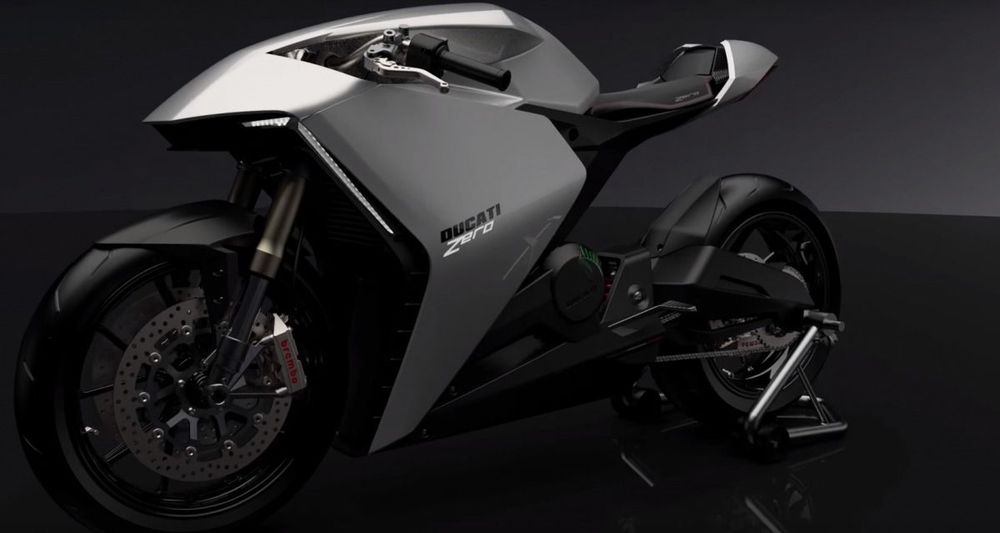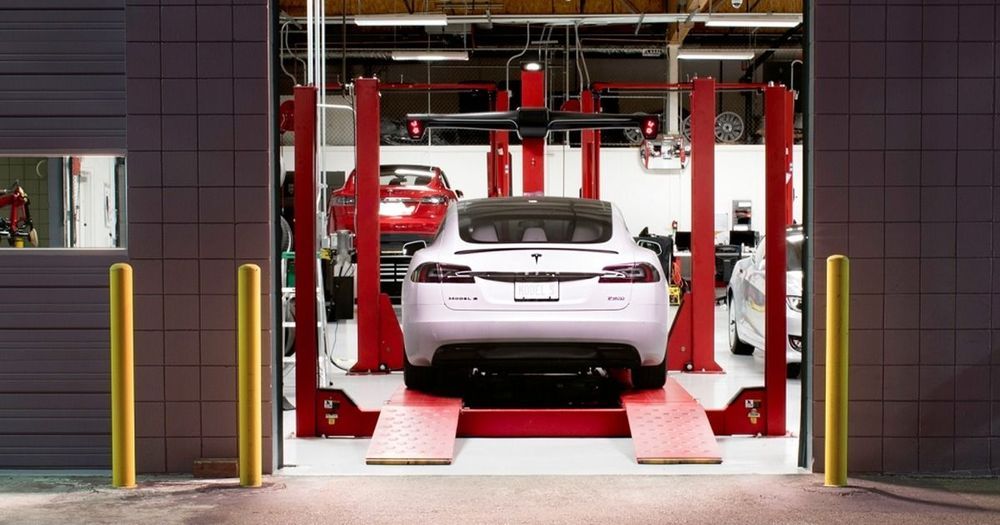When traveling at five times the speed of sound or faster, the tiniest bit of turbulence is more than a bump in the road, said the Sandia National Laboratories aerospace engineer who for the first time characterized the vibrational effect of the pressure field beneath one of these tiny hypersonic turbulent spots.
“The problem is that these patches of turbulence are really fast and really small,” said researcher Katya Casper. “There are thousands of turbulent spots every second in hypersonic flow, and we need really fast techniques to study their behavior.”
The pressure field is key to understanding how intermittent turbulent spots shake an aircraft flying at Mach 5 or greater, Casper said. Hypersonic vehicles are subjected to high levels of fluctuating pressures and must be engineered to withstand the resulting vibrations.





